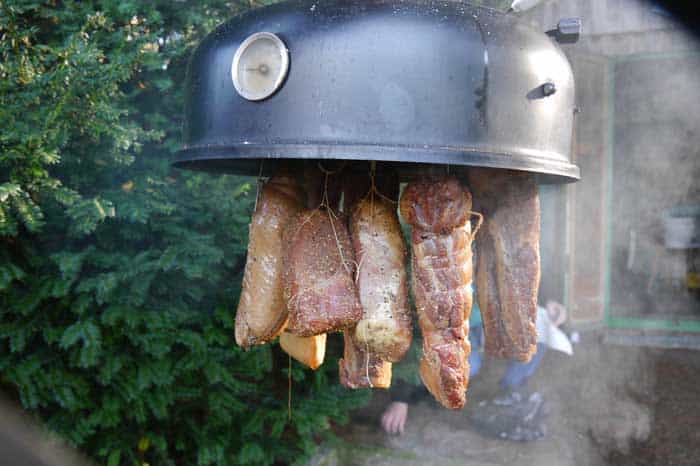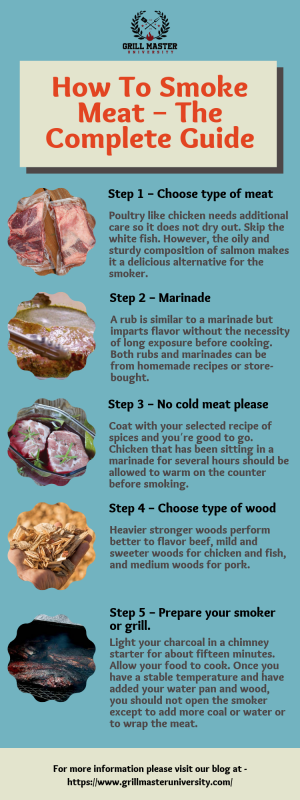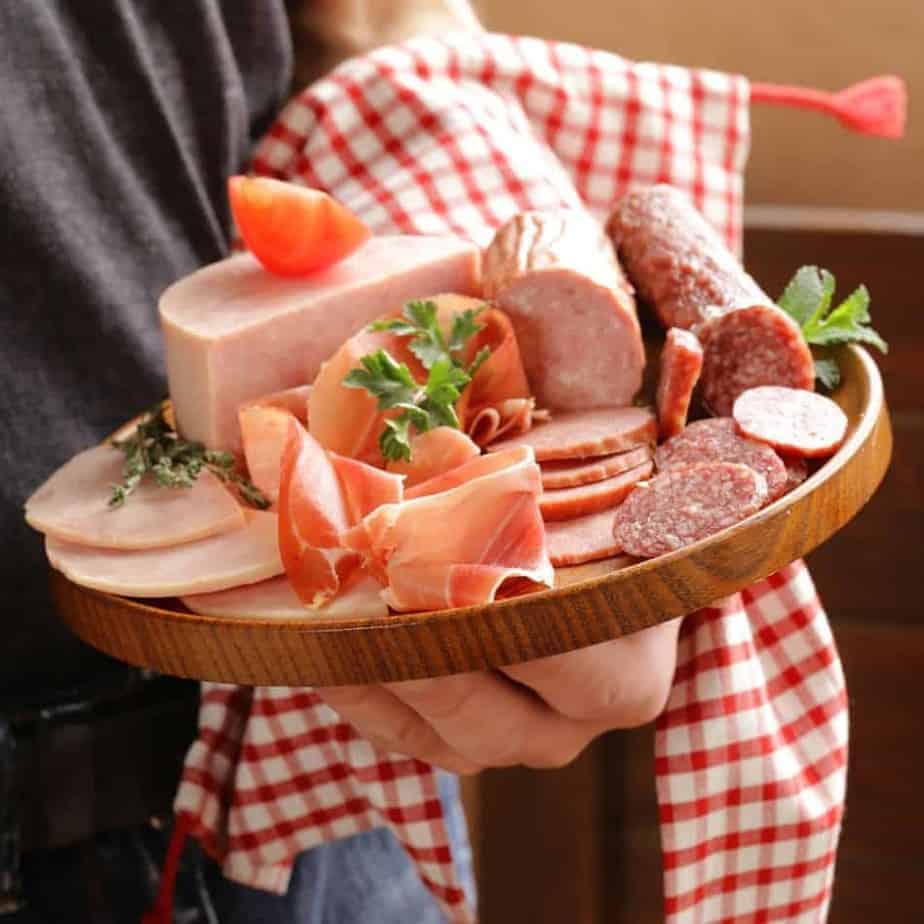Smoke Meat Cold Or Room Temp

You can keep the meat food safe by holding it at a temperature above 140 degrees fahrenheit for a few hours but at room temperature it should be discarded after 2 hours.
Smoke meat cold or room temp. You need to remember that brisket will continue to cook while you rest it can increase by 10 f or more. Low and slow smoking or roasting a big piece of meat to 190 to 200 f like brisket or pork shoulder. All you want to do is penetrate the meat with the smoke for the flavor and to help preserve it. If you re trying to cook the inside of a piece of meat to a particular internal temperature like 135 for pork or 160 for poultry the center will come up to.
Cold smoking meat is different from hot smoking in that you do it in the fall and winter months when the air temperature is below 40 degrees. Because hot smoked meat is cooked at temperatures above the danger zone of 140 f the meat does not have to be cured first. Based on this information putting cold meat into your cooker should yield a larger smoke ring than warmer room temperature meat. The cold air keeps it from getting too hot in the smoke house thereby cooking the meat.
It is best to keep the temperature in the smokehouse under 70 degrees. The amount of time that it takes to cook is based largely on the amount of time required for the heat to overcome the cold of the meat and reach the center where it can raise the temperature of the meat to it s done temperature in this case. The higher temperatures are hot enough to kill off any pathogens that could make you sick. Usually cooked at 225 f these meats can take 8 to 12 hours and starting at room temp saves only about 20 to 30 minutes.
Beef smoking times and temperatures how to tell when smoked brisket is done the ideal temperature for smoked brisket is usually between 195 205 f with many pitmasters aiming to pull right on the 203 f mark. Here s the basic logic. Wet cured smoked meats the complex chemical compounds in smoke can help prevent the surface of the meat from oxidizing and developing spoilage bacteria but they do little for the interior.














































